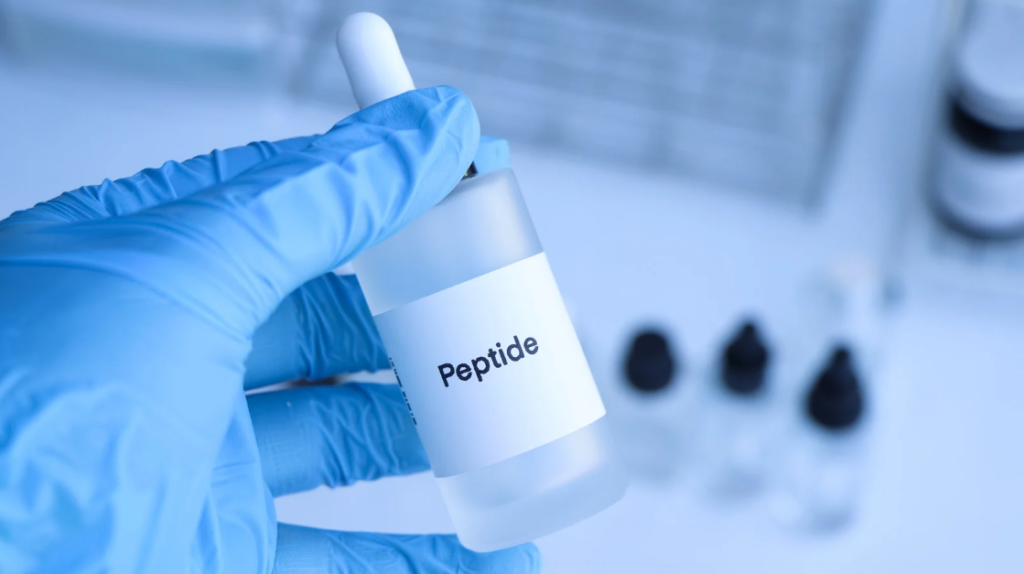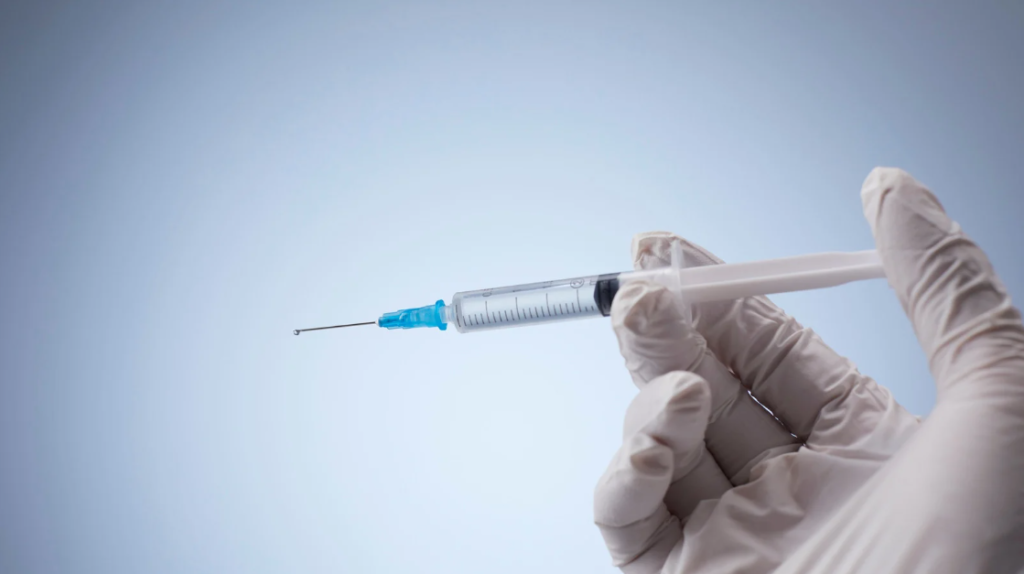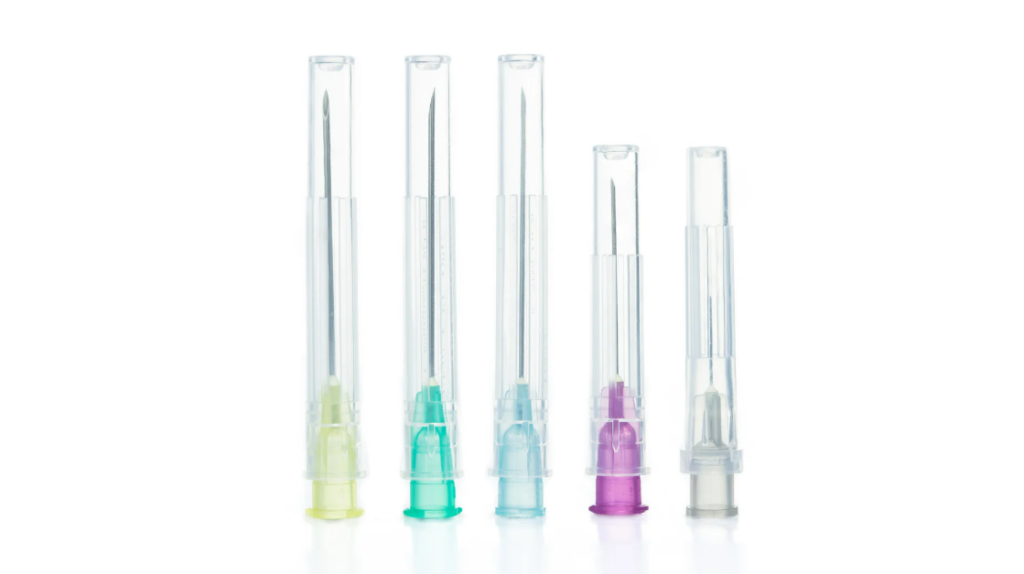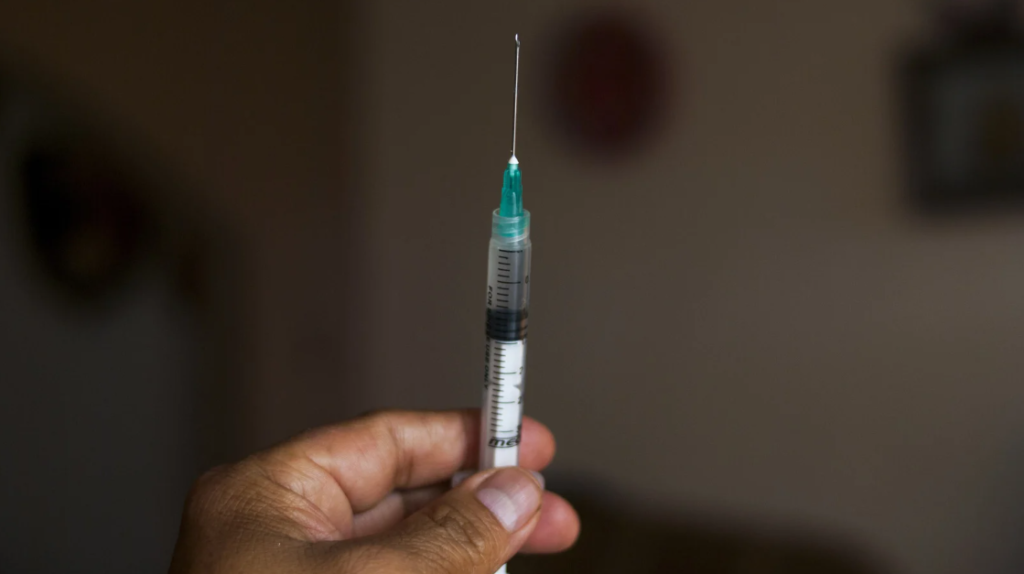Peptide injections are becoming an increasingly popular method for enhancing various aspects of health and fitness. People use these compounds for numerous therapeutic purposes, including muscle recovery, fat loss, and even anti-aging.
However, like any form of injection, ensuring proper technique is crucial to maximizing the benefits and minimizing the risks.
Understanding Peptide Injections
You may inject peptides subcutaneously under the skin or intramuscularly into the muscle. Personal usage: subcutaneous injection – injecting into the fatty tissue just beneath the skin. It is a less painful and easier method to administer.
Subcutaneous injections are generally slower in absorption but are effective. In contrast, intramuscular injections are faster in absorption and better for some peptides.

The right peptide depends on your goals. Some peptides stimulate muscle growth, some cause fat loss, and some are anti-aging. Know what peptide works best for you.
Essential Supplies for Peptide Injections
Before you begin the injection process, having the right supplies is essential for both safety and effectiveness. Key items include needles and syringes, alcohol swabs, and sterile wipes. The size of the needle is an important consideration. A small-gauge needle (e.g., 28-31 gauge) is ideal for subcutaneous injections, as it is thin enough to ensure a comfortable injection.
You will also need bacteriostatic water to mix the peptides, as they often come in powdered form. Proper storage containers for your peptides and syringes are also critical for maintaining cleanliness and preventing contamination. Be sure to store your peptides in the refrigerator as instructed to preserve their potency.
Step-by-Step Guide to Injecting Peptides Properly
Prepare your peptide vial and bacteriostatic water. Instead of shaking it, swirl the vial until the powder fully dissolves.

Once the mixture is ready, take the right dosage out of your syringe. Look for air bubbles and tap the syringe to release them before proceeding.
Now, choose the injection site. The best areas for subcutaneous injections are the abdomen, upper thigh, or outer upper arm since they have enough fat for a smooth injection. For infection prevention, scrub the area with an alcohol swab.
For subcutaneous injection, hold the syringe at a 45-degree angle, insert the needle slowly, and push the plunger down gently. For intramuscular injections, you need a longer needle and should insert it at a 90-degree angle to the muscle.
When done, put the needle in a sharps container. Reusing needles increases infection risk and lowers the efficacy of the peptide.
Common Mistakes and How to Avoid Them
People injecting peptides make the biggest mistake of using the wrong needle size. Too big a needle can be painful. Use the right size for the type of injection you’re doing.

A second problem is not cleaning the injection site enough. Any amount of bacteria can cause infection, so wipe the area well with an alcohol swab before injecting.
The injection process matters, too. Too fast or too deep – pushing the needle in can cause bruising, swelling, and discomfort. Slow down and inject slowly to minimize these risks.
It is risky to reuse needles or syringes. If possible, dispose of them in a sharps container.
Also, consider how you store peptides. Too much heat can cause them to lose their potency. Follow storage instructions carefully to keep them effective.
How to Minimize Discomfort and Reduce Side Effects
Peptide injections are usually easy to tolerate, though they can cause mild pain or swelling. If you inject in the same spot too often, you may develop soreness and even scar tissue over time.
Do not ignore redness, swelling, or signs of infection. Try a cooling ice pack on the site to calm it and reduce inflammation. But if symptoms don’t go away or get worse, see a doctor.
Injecting too fast can make it more uncomfortable. Also, make sure the needle is at the right angle for the type of injection you’re doing. If the peptide solution feels cold, let it warm up to room temperature first—injecting a cold solution can sometimes sting more than necessary.
Frequently Asked Questions About Peptide Injections
How often should peptides be injected?
The frequency of peptide injections depends on the peptide and your goals. Some peptides require daily injections, while others require injections just a few times a week.
Can peptides be taken orally instead of injected?
Most peptides are oral, but most are ineffective if taken whole because of degradation in the digestive system. Peptide injections direct the compound into the bloodstream.
Are peptide injections legal and safe?
Peptide injections are legal in many countries for research or medical reasons – the rules vary by location. Always verify local laws before using peptides. If given correctly, peptide injections are generally safe, but a technique error can cause infection or complications.









